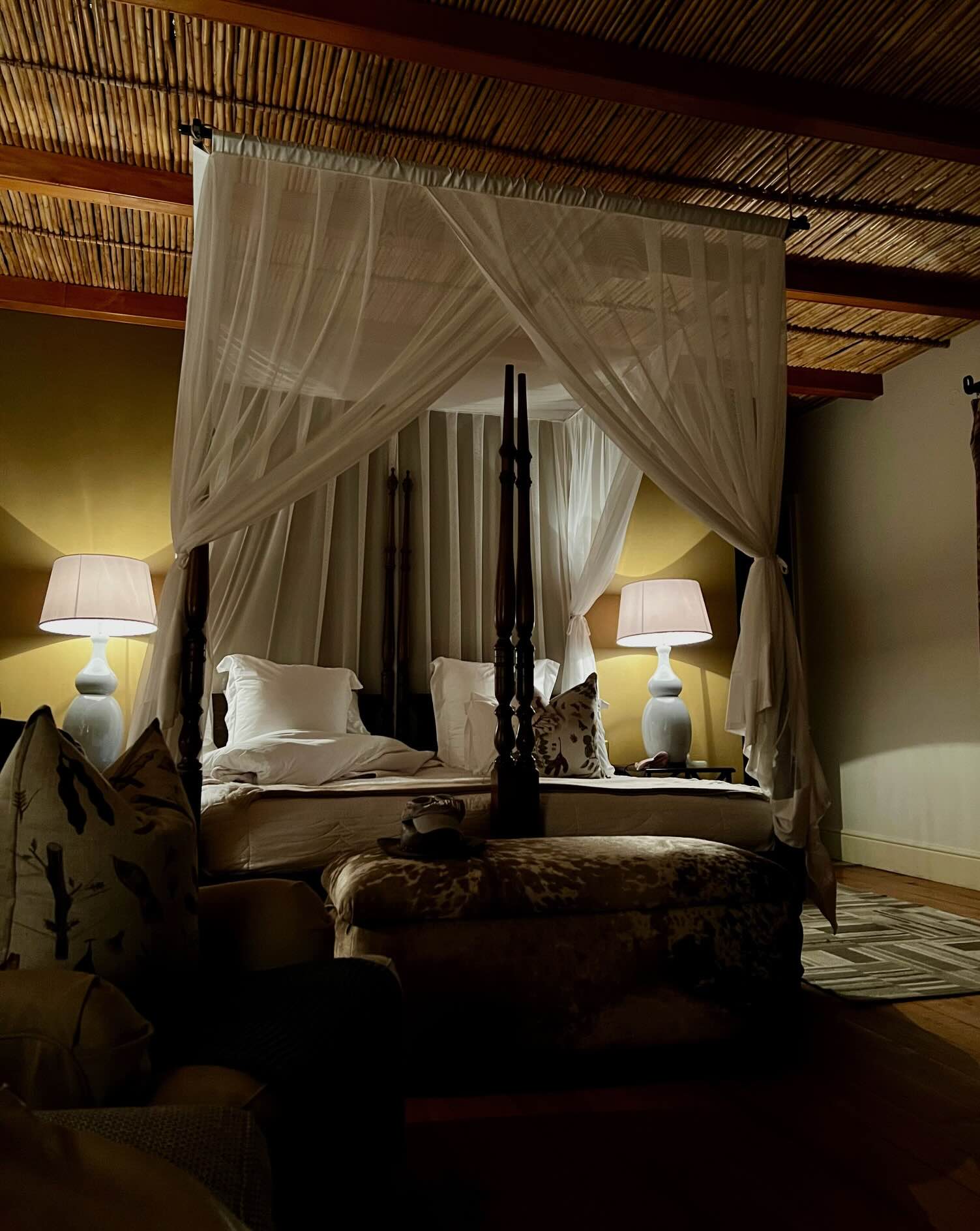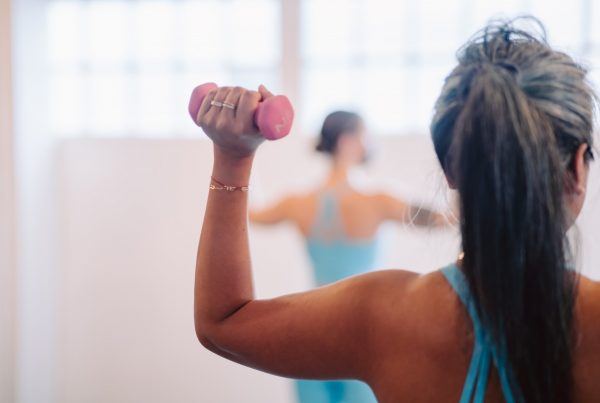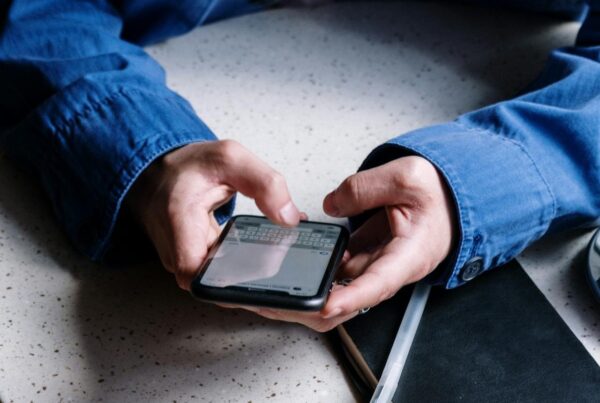How to fall asleep fast
1. Try taking a selfie
Here’s an interesting trick to help you fall asleep fast. Take a selfie while lying on your side. If you draw imaginary lines down your face and torso, they should line up. If they don’t, your pillow might not be the right size for you, which is likely to be impacting your sleep quality. Even a small misalignment can increase tension in your neck and lead to discomfort.
If your head tilts upwards, your pillow is too big, causing unnatural neck bending. If your head tilts downwards, it’s too small and isn’t providing enough support. The goal is to keep your spine in a perfectly neutral, aligned position throughout the night.
2. Drink sour cherry juice
Drinking a cup of sour cherry juice before bed is like a secret weapon for sleep. This is because sour cherries are one of the few food sources that contain melatonin – the hormone that plays a key role in regulating your sleep-wake cycle.
A previous study showed that those who drank just 30ml of cherry juice 30 minutes before their evening meal over the space of a week significantly improved their sleep quality. They increased their sleep time and sleep efficiency (the percentage of time in bed where a person is sleeping).
Similarly, another study was carried out on those who suffer from insomnia. After drinking around 240ml of cherry juice in the morning and another 240ml at least an hour before bed over a two-week period, they saw their overall snooze time increase by 84 minutes.
3. Try the Cognitive Shuffle Technique
If you’re lying in bed and struggling to fall asleep, try thinking of random items in your head that are easy to visualize, non-threatening, and unrelated to one another. For example, potatoes, Tarzan, a violin, a forest. If you struggle, go in alphabetical order.
Known as ‘The Cognitive Shuffle Technique’, this creates cognitive overload and prevents you from focusing on anxieties or worries that might keep you awake.
Essentially, your brain gets so perplexed trying to make sense of these random thoughts that it simply gives up and falls asleep.
4. Wear Merino wool socks before bed
Wearing socks to bed, especially ones made of natural fibers like Merino wool, can help regulate your body temperature. This can signal to your body that it’s time to fall asleep.
A fascinating study published in Nature found that warming your feet before bed can help you fall asleep faster. It might sound odd, but the science behind it is pretty cool. Warming your feet helps dilate blood vessels, which can lower your core body temperature – and that’s a key trigger for sleep.
5. Go and lie on the floor in a different room
Sometimes, your bed can become a source of sleep stress. If you’ve been tossing and turning, try moving to the floor in a different, cooler room. Use a yoga mat or soft surface, and give yourself about 10–15 minutes in this new environment.
This technique works because it interrupts your current sleep pattern and provides a mental reset. A change in surface, temperature, and environment can help break the cycle of snooze frustration. It’s like giving your brain a complete change of scenery, which can help reduce the tension and anxiety preventing you from falling asleep.
6. Top and tail your partner to get some snooze
If you’ve been lying in bed for a long time unable to snooze, switch up your sleep position, try sleeping with your head at the foot of the bed or experiment with an inclined position. This isn’t just about being different – it can have real physiological benefits.
Changing your sleeping orientation can help with blood circulation, potentially reduce snoring, and ease acid reflux. Our bodies get used to one position, and sometimes a slight change can provide unexpected relief. It’s about tricking your body into a new relaxation state and breaking habitual sleep patterns.
7. Try NOT to fall asleep
Try not to fall asleep. Seriously? Yes! This might sound completely counterintuitive, but deliberately attempting to stay awake can help you drift off faster. It’s a psychological trick that removes the intense pressure of falling asleep, which is often what keeps people awake in the first place.
A fascinating study from the University of Pennsylvania found that participants who practiced paradoxical intention experienced significantly reduced sleep anxiety.
By shifting your mental focus from ‘I must fall asleep’ to ‘I’m going to stay awake’, you reduce the performance anxiety that prevents sleep. It’s like telling your brain to stop trying so hard.
References
Source*: “How to fall asleep fast” Google search data is from the Google Trends newsletter.
About the author
 Martin Seeley is the CEO and sleep expert at MattressNextDay. Martin is a prominent figure in the world of sleep, with over three decades of experience, Martin regularly attends sleep conferences, bed and mattress trade shows, and passionately keeps up to date with sleep news and research.
Martin Seeley is the CEO and sleep expert at MattressNextDay. Martin is a prominent figure in the world of sleep, with over three decades of experience, Martin regularly attends sleep conferences, bed and mattress trade shows, and passionately keeps up to date with sleep news and research.
He has personally worked with thousands of customers over the years to find them their perfect sleep solutions and as such, his opinion is sought-after by many national publications. His expertise and insights have been featured in renowned publications such as Men’s Health, Daily Mail, The Sun, The Independent, Forbes and GQ, as well as ITV’s This Morning.



![women [longevity live]](https://longevitylive.com/wp-content/uploads/2020/01/photo-of-women-walking-down-the-street-1116984-100x100.jpg)










